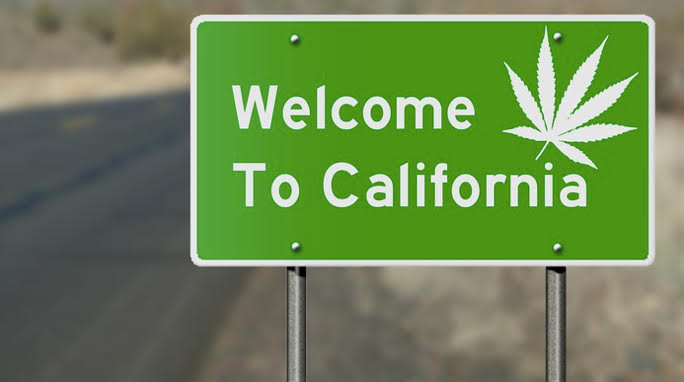It’s not a surprise that so many clients seek therapy due to an overwhelming fear of public speaking. After all, it’s statistically one of the greatest fears people face by any measure.
For those with social anxiety, the fear of appearing foolish can make public speaking feel impossible. Physical symptoms can include sweating, rapid heartbeat, shaking, blushing, and a quivering voice. Additionally, emotional symptoms can include shame around poor performance. Cognitive symptoms can include the fear of making mistakes and also rumination. Lastly, behavioral symptoms can include avoidance, other safety behaviors, and the inability to sleep well.
For the many who experience this problem, public speaking anxiety can be debilitating, and can impede one’s success both at work and at school.
The Avoidance Trap
Many sufferers choose to limit public speaking to the bare minimum in order to feel better. However, in the short term this may only serve to bring on maladaptive thoughts of being a failure, for example, or feelings of shame in your inability to achieve your goals. In the long term, avoiding public speaking can make the fear progressively worse over time, and may ultimately hinder your ability to move forward at work, in school, etc. if public speaking is a meaningful component in your field.
Avoidance as a coping mechanism may be a band-aid that never truly heals the wound. However, just like most areas within the realm of social anxiety, with a bit of work, practice, and changes to one’s routine, it is absolutely possible to be on a path towards becoming a successful and confident public speaker!
The Importance of Practice

First and foremost, preparation is key. By jotting down important talking points (and not memorizing an entire speech), and taking the time to practice in front of a mirror or a friend, or even recording your presentation, you can get yourself comfortable presenting as smoothly as possible so that the actual presentation flows more easily. It may even be an interesting exercise to write down your predictions about how it will go, and then compare those notes to how you felt afterwards – you may be surprised at your progress.
However, do not fall trap into the trap of over-preparation: spending far too long practicing a presentation in an effort to avoid any imperfection. Besides being a waste of time, over-preparation only reinforces the false belief that anything less than perfect will be judged harshly by others.
Prepare for the Worst

It’s also always helpful to plan for mistakes, and think through the “what if” scenarios: what if I forget what I wanted to say? What if I stumble? What if I lose my train of thought? These are all natural things that can and do happen; we are all human! Your audience is human too! There is a high likelihood that they may not even notice! But in these worst-case scenarios, it may help, again, to be prepared!
One strategy to get yourself back on track is to be OK with pausing while you regain control of your presentation and get back on solid ground. While at first you may feel like everyone is staring and waiting for you to proceed, the reality is that oftentimes people appreciate the pause as it allows them time to gather their own thoughts since they are likely learning something new from your presentation.
Reframe the pause as a useful tool for you to use rather than a sign of failure. You will be helping yourself and your audience this way! This may also be a time to bring your unique personality into play: are you able to inject some humor into the situation, or practice holding your head high and acknowledging the misstep? Practicing whatever feels comfortable to you may be very helpful in alleviating the fear of catastrophe during these moments.
Exposure Reduces Anxiety

Further, if the opportunity arises, it can be a huge help to proactively engage in low- stakes speaking engagements to increase comfort and lessen the anxiety you feel as the stakes rise. For example, are there any events at your child’s school, at a charity you’re involved in, at a friend’s birthday, etc. where you can volunteer to make a speech or teach a class, etc.? Toastmasters is a public speaking support and practice group widely available in many cities and online. Exposing yourself to a myriad of speaking opportunities instead of limiting these moments can make a meaningful difference when the stakes are higher.
Lastly, be open to feedback. We are all works-in-progress, and practicing in front of friends and family can be a great way to improve your skills. Also, don’t be afraid to ask your manager, professor, or supervisor for any constructive feedback. Learning to reframe feedback from something that causes embarrassment or shame to something that sets us up for future success is not easy, but with time and practice, we can often view it as yet one more useful tool in our toolbox.
If public speaking is something that you are really focused on improving and are ready to make real changes, cognitive-behavioral therapy (CBT) can also be a great way to hone your skills, practice a variety of exposure exercises, and build upon your existing toolbox. Backed with evidence-based research, it can be a great avenue to help manage your fears and become a comfortable and confident public speaker.
For more information on public speaking anxiety, see this NSAC page.











